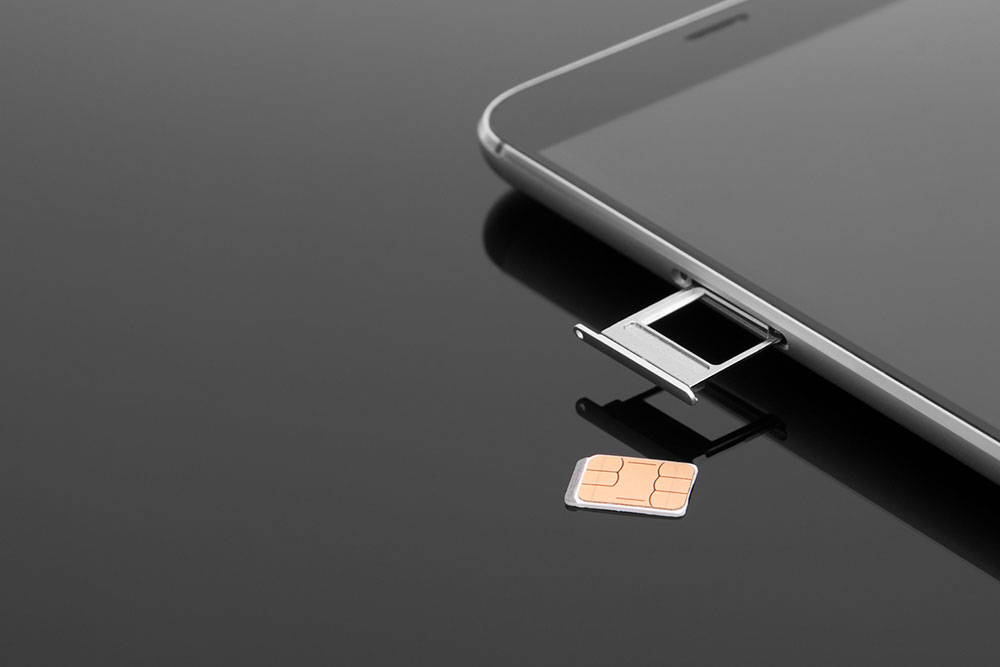4 Common Mistakes to Avoid When Switching Phone Carriers

Usually, when people find cheaper phone plans, they are automatically willing to switch their cell phone carriers. Suppose one is thinking of changing their cell phone provider. In that case, one can consider several factors, including the current plan’s billing cycle and alternative phone plans, before making a choice. One must review what goes into switching phone carriers, and one can look at the policies of companies like Verizon.
1. Don’t ignore the early termination fees
Verizon can subject users to an early termination fee when they cancel their contract. The longer they carry on with the plan, the more they will be treated to a lesser termination fee. It can cost users up to $350 and will be reduced by $15 monthly. Sometimes, the fees can be substantial, so one must know how much it will cost to break the agreement. For companies like Verizon, users can also contact their current carrier to put forth any clarifications and specific details they need, which will be provided by their online customer support service or local store.
2. Remember to diligently compare plans and prices before switching
One common mistake people frequently make is settling for a cheaper phone plan but missing out on many additional services and benefits. If one is dissatisfied with their current phone carrier and wants to change, they can research the plans that best suit their needs. Sometimes, you will find out that you are overpaying for a service you do not even need or missing out on crucial services. Some of the popular Verizon phone plans are as follows:
- Verizon Unlimited Plus has 5G ultra-wideband and 30 GB of premium mobile hotspot data.
- Verizon Business Plans include features like business-grade data security and unlimited talk, text, and data and will cost you up to $150 for five lines.
- Verizon Prepaid Plans have a range of prepaid plans without annual contracts or credit checks and a fluid payment scheme.
3. Ensure services extend to areas where one frequents
While most major network providers have well-established country-wide access, one must ensure their chosen network works in their area. This is why experts avoid giving straight or blanket advice on carriers to choose from. For instance, if one is in a city like New York, T-Mobile and Verizon offer top-notch services, while Verizon offers more reliable services in rural states. Potential customers can also consult their friends and family in their area before switching services. If one is an international traveler and frequently needs efficient international phone services, assess the international plans before making a choice, as international plans can sometimes be expensive. Verizon offers phone and Internet plans like TravelPass, which gives unlimited data, talk, and text in at least 200 countries.
4. Make sure one’s phone is unlocked from the carrier
Sometimes, the device that one buys can be tied to their carrier. Today, most models are unlocked, and users can easily switch to another carrier in case they are unlocked. However, the procedure to unlock one’s phone is simple, and one can also get the help of a professional service. When users buy a phone through Verizon, they automatically lock it for 60 days, after which it will be unlocked. Failing to unlock the phone will prevent using the new carrier’s SIM, and one will have to use another compatible device. Ensure you do not port your number and follow due procedure. Contact your new carrier and ask for their help to port the number to the new carrier.
Switching to Verizon carriers
If one is planning to switch to Verizon as their phone carrier, here are some points that they can remember:
- Check Verizon’s map coverage for the area’s signal strength and data mileage.
- Understand their payment policies and their various phone and Internet plans.
- Look for perquisites offered in terms of network, streaming services, and other lucrative perquisites.
- Review the current contract under the previous carrier to understand if there are any early termination fees and the due procedure for that.
So, switching phone carriers can be a fresh start for one, but there are certain steps that one needs to take to ensure that the transfer from one carrier to another is smooth. By avoiding these common mistakes and pitfalls, one can ensure that a better carrier will offer enhanced service, coverage, and a satisfactory mobile experience. Always keep a close eye on bills and monitor plans to keep a constant pulse on the effectiveness of the new carrier. Feel free to reach out to the nearest local store in case of any queries or problems.










